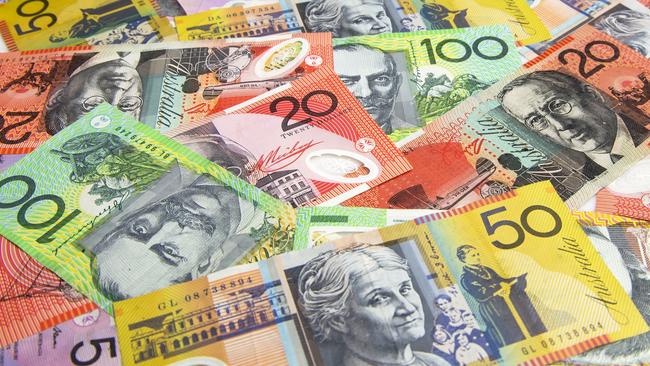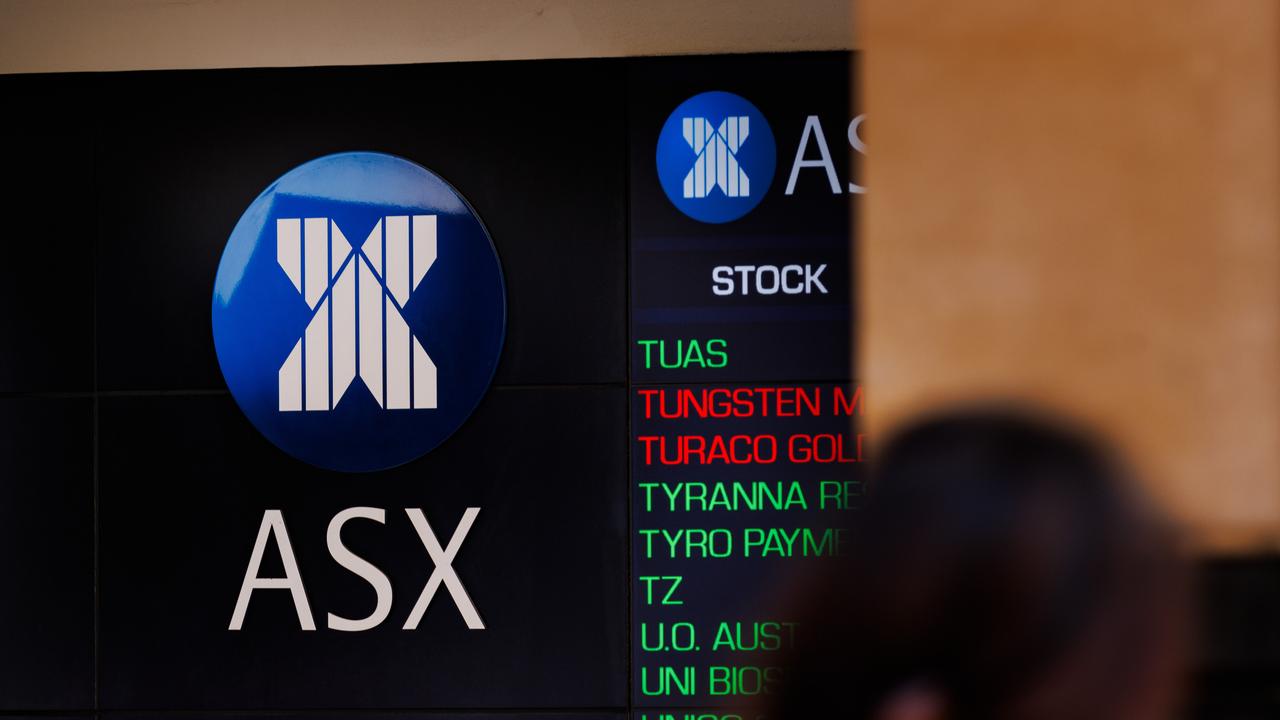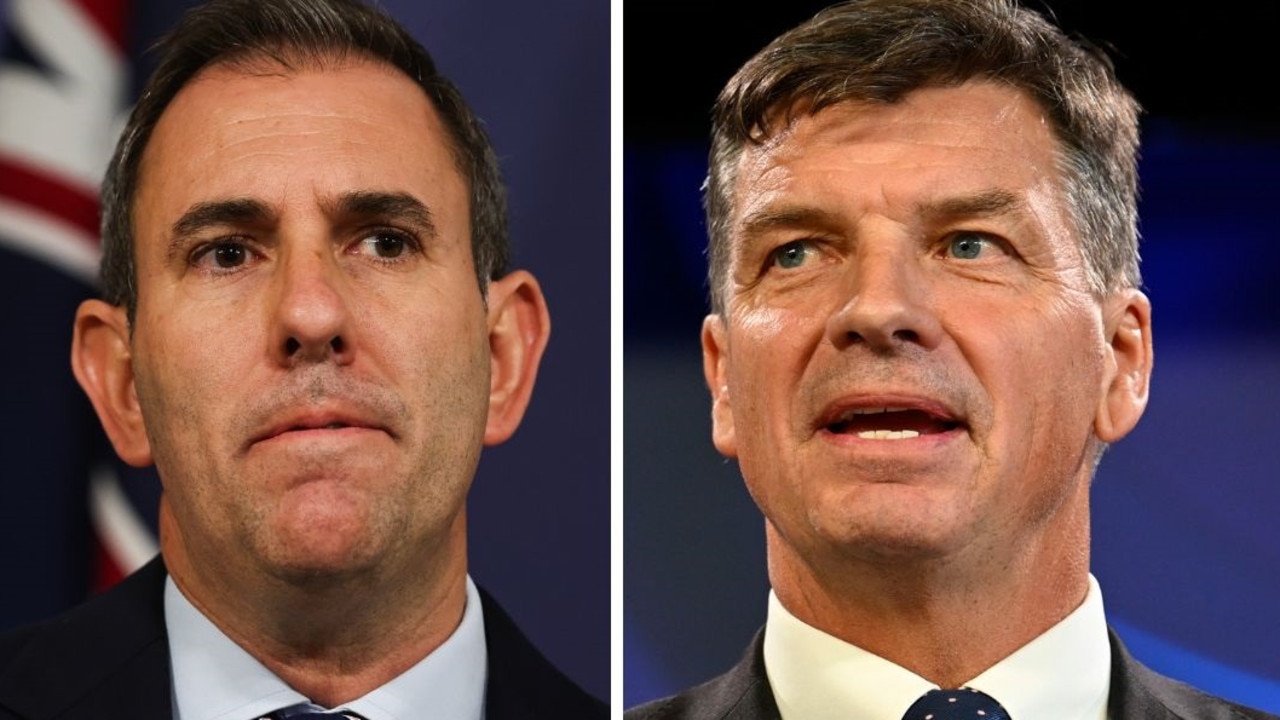Tax cuts a $140bn hit to Budget bottom line
THE Government has pledged to slash the amount Australians pay in income tax over the next decade — but it will come at a massive cost.

Fed Budget
Don't miss out on the headlines from Fed Budget. Followed categories will be added to My News.
The Government wants to cut $140 billion over 10 years from the income tax bills of almost all Australians in a dramatic and risky fiscal redesign.
Only the extremely rich would have their top tax rate reduced under the proposal.
It would mean an extra $530 a year is returned to the pockets of 4.4 million low and middle wage earners, and the Government calculates it would effectively eliminate the problem of bracket creep.
Leigh Sales’ cheeky ScoMo question
Did you make the Treasurer’s gift list?
First buyers screwed in Budget
Outrage grows over Budget’s $10 tax cut
What ScoMo’s really up to with Budget
The package would leave 94 per cent of income tax payers on a rate of 32.5 per cent or lower from 2025, Treasurer Scott Morrison announced as he delivered the 2018-19 Budget.
The Government’s plan to slice back personal taxes, and its associated claim to still be able to fund essential programs, is based on projections of solid economic growth.
But Treasury documents released with the Budget warn that confidence in growth could be betrayed by global factors which are “tilted to the downside in the longer term”.
They include miliary conflict and growing trade protectionism.
“Domestically, there are key uncertainties around the strength of the pick-up in non-mining business investment and the degree of spare capacity in the labour market,” said the document released with the Budget on Tuesday night.
The boldness of the package is part of the Government’s broad plan to help the economy grow stronger, ministers said.
But there is a political element aimed at winning the general election scheduled for early next year.
Within seven years, the three stages of personal tax changes would significantly cut the levies on low and middle income earners and those earning up to $200,000 a year.
And the Government insists there would be enough tax collection from employment growth and related drops in welfare payments to fund essential services and to reduce government debt.
The first step in what the Government says will lead to elimination of the debt, now over $500 billion, will come with a $2.2 billion Budget surplus in 2019-20 — a year earlier than previously planned.
Mr Morrison told reporters the Government’s tax ceiling of 23.9 per cent of gross domestic product meant it would “only take as much tax as absolutely necessary”.
And he warned Labor, the Greens and crossbenchers he would not compromise in the inevitable parliamentary battle over the package.
“It’s a plan that sits together. It’s not designed to be broken apart,” Mr Morrison told reporters.
But there is certain to be a major political clash, starting in the House of Representatives this week but particularly later in the Senate, where the Government will soon have both the income tax cuts and the plans for big business tax relief up for debate.
The fate of our tax system could be determined by a small group of crossbench senators.
The Budget had no good news on the wages front, with growth in pay expected to be limited for the next few years despite high demand in some specialist areas, such as construction, pushing up earnings.
Wages rose by just 2.1 per cent last calendar year, as measured by the Wage Price Index, and are expected to grow by 2.75 per cent between June this year and June 2019.
This would be slightly more than the projected inflation rate.
The economy is expected to grow by three per cent in 2018-19 and 2019-20, up from 2.75 per cent in 2017-18.
Underlining our reliance on trade with regional neighbours, China’s economy is expected to grow by 6.5 per cent in 2018, India’s by 7.5 per cent, and our major trading partners on average by 4.25 per cent.
Originally published as Tax cuts a $140bn hit to Budget bottom line


